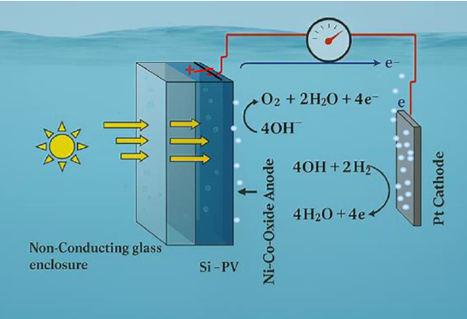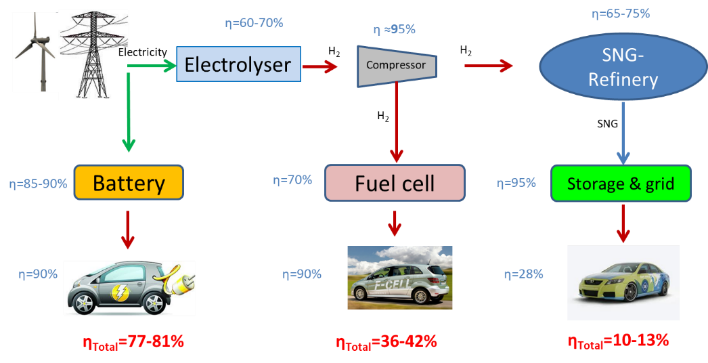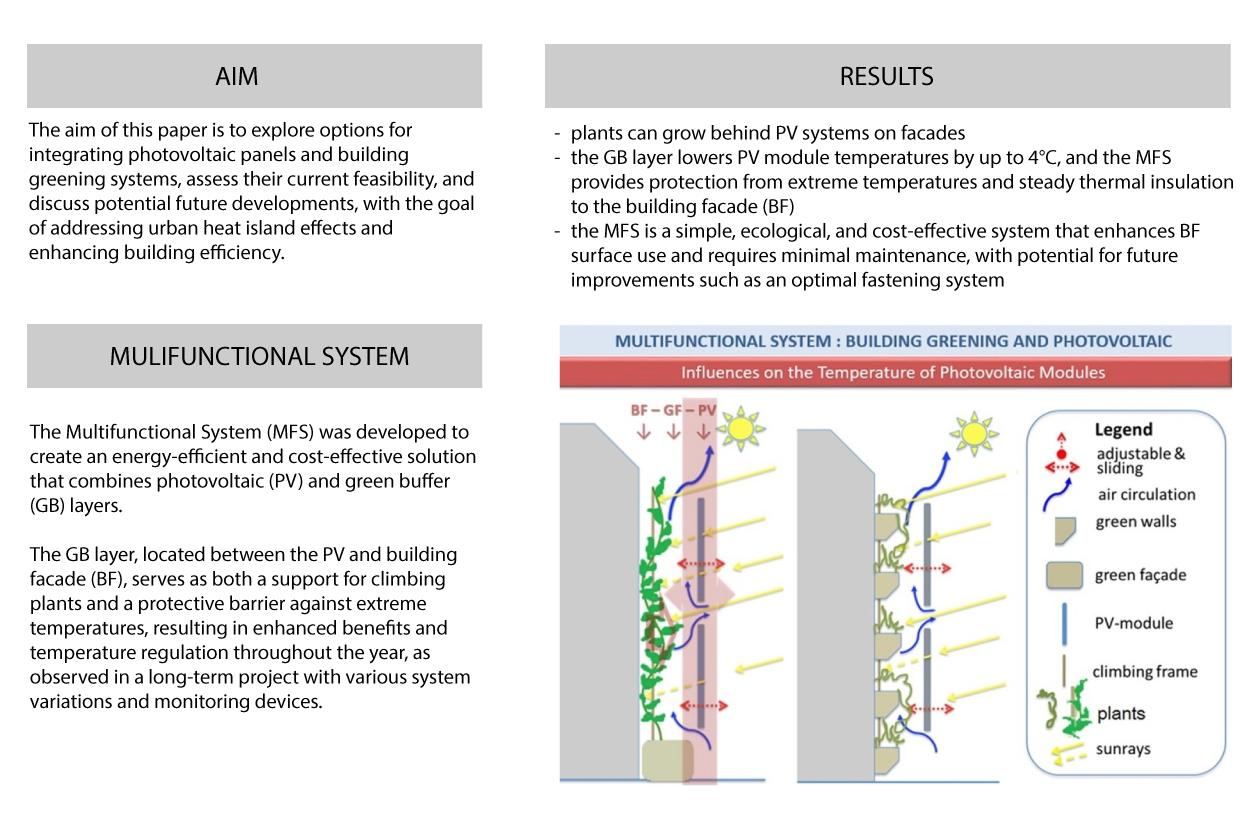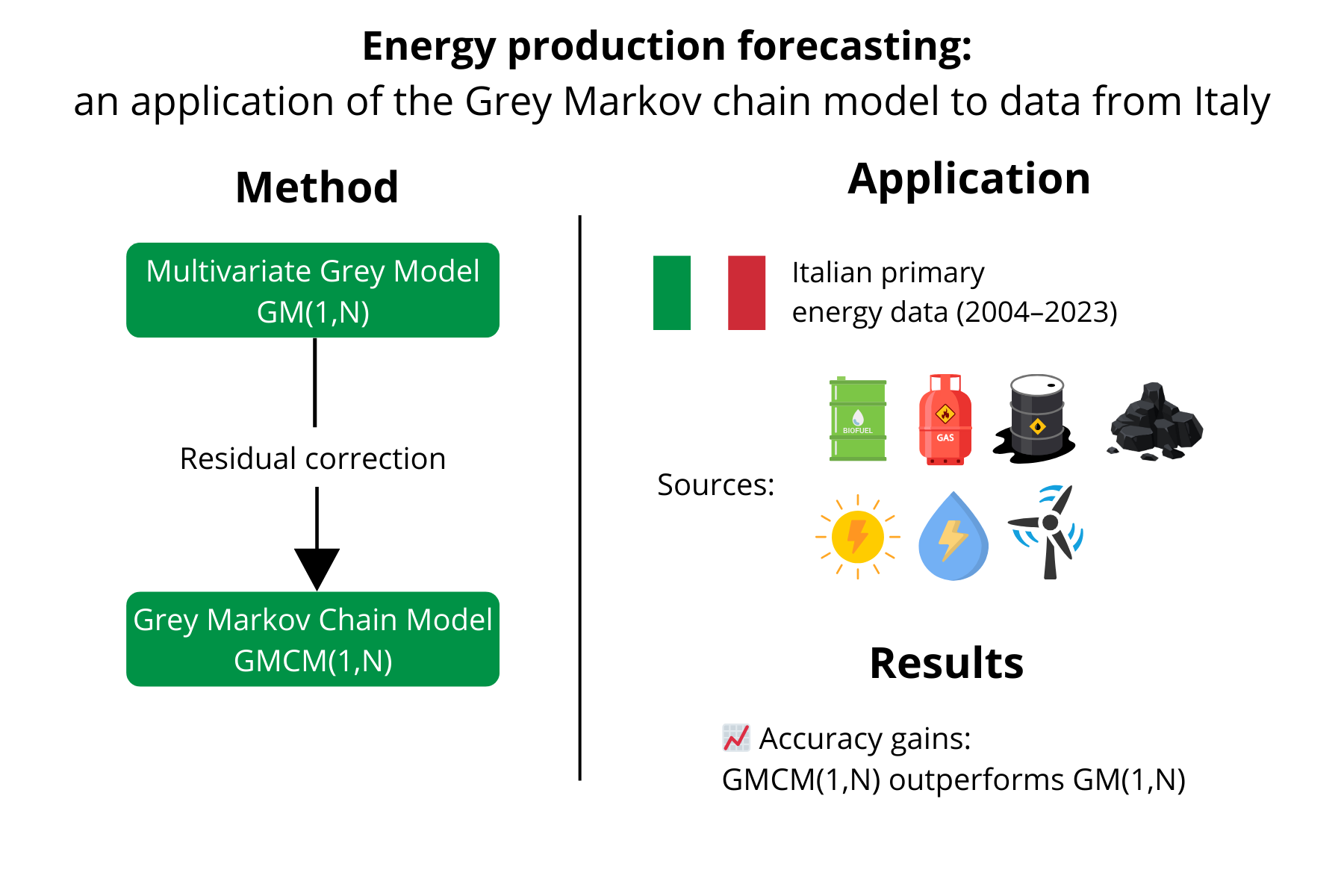Volumes & Issues
Contact
For any inquiries regarding journal development, the peer review process, copyright matters, or other general questions, please contact the editorial office Ms. Ada Gu, E-Mail: rse@elspub.com
For production or technical issues, please contact the production team, Mr. Jay Zhuang, E-Mail: production@elspub.com.
About This Journal
Special Issues
Selected Papers from the International Conference on Sustainable Energy Conversion and Storage
Special Issue Editor: Yong Shuai, Ruming Pan, Guene Lougou Bachirou, Achraf Ghorbal
Submission Deadline: 20 December 2025
Latest Articles
Advances on photoelectrochemical cells (PECs) for hydrogen generation from water
DOI: 10.55092/rse20250007
Published: 21 Oct, 2025
Green vs. Green: wind farms and farming communities in Alta Irpinia (Campania Region, Italy)
DOI: 10.55092/rse20250006
Published: 15 Sep, 2025
Editor's Choice
A Canadian case study of carbon dioxide removals and negative emission hydrogen production
DOI: 10.55092/rse20240005
Published: 04 Jun, 2024
Coal-derived porous carbon anodes for Na-ion batteries
DOI: 10.55092/rse20240004
Published: 26 Apr, 2024
Top Downloaded
Heading towards low-carbon passenger car mobility: electricity vs hydrogen
DOI: 10.55092/rse20230002
Published: 10 Jan, 2023
Green Facade and Photovoltaic: a Multifunctional System
DOI: 10.55092/rse20230003
Published: 01 Mar, 2023
Energy production forecasting: an application of the Grey Markov chain model to data from Italy
DOI: 10.55092/rse20250003
Published: 19 May, 2025










